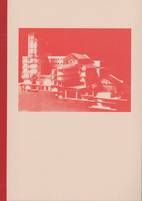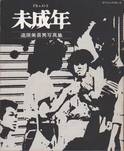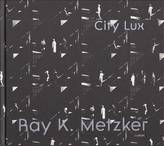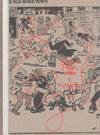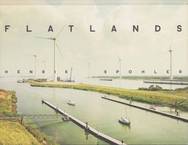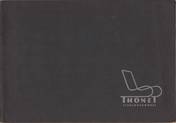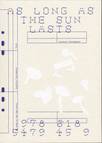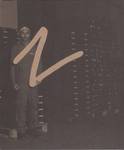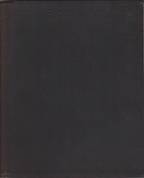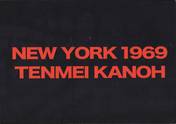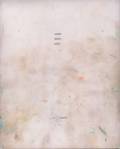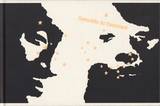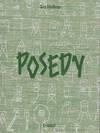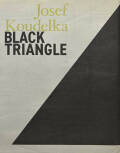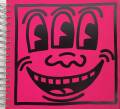Helga Paris - Gesichter. Frauen in der DDR., Das Europäische Buch, 1986, Berlin
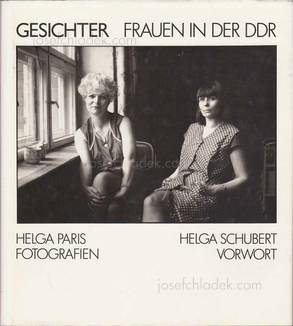
Helga Paris Gesichter. Frauen in der DDR.

Helga Paris Gesichter. Frauen in der DDR.
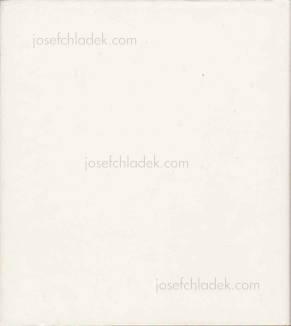
Helga Paris Gesichter. Frauen in der DDR.
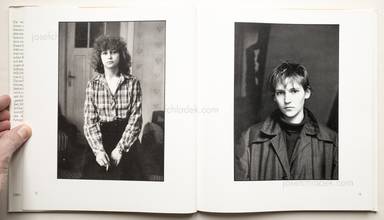
Sample page 1 for book "Helga Paris – Gesichter. Frauen in der DDR.", josefchladek.com
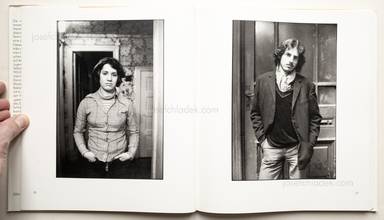
Sample page 2 for book "Helga Paris – Gesichter. Frauen in der DDR.", josefchladek.com
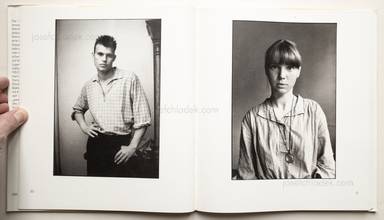
Sample page 3 for book "Helga Paris – Gesichter. Frauen in der DDR.", josefchladek.com

Sample page 4 for book "Helga Paris – Gesichter. Frauen in der DDR.", josefchladek.com
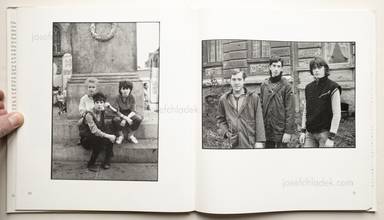
Sample page 5 for book "Helga Paris – Gesichter. Frauen in der DDR.", josefchladek.com
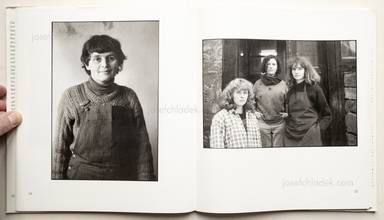
Sample page 6 for book "Helga Paris – Gesichter. Frauen in der DDR.", josefchladek.com
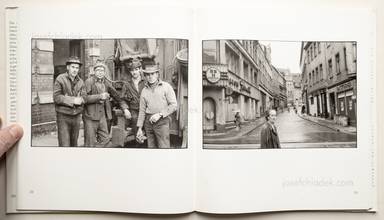
Sample page 7 for book "Helga Paris – Gesichter. Frauen in der DDR.", josefchladek.com
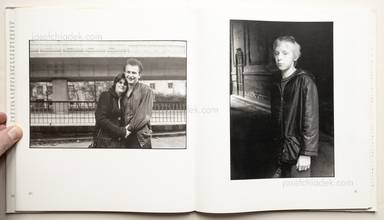
Sample page 8 for book "Helga Paris – Gesichter. Frauen in der DDR.", josefchladek.com

Sample page 9 for book "Helga Paris – Gesichter. Frauen in der DDR.", josefchladek.com
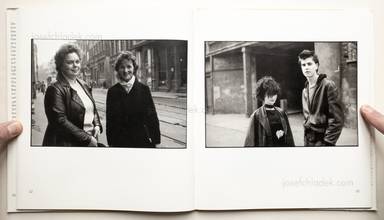
Sample page 10 for book "Helga Paris – Gesichter. Frauen in der DDR.", josefchladek.com
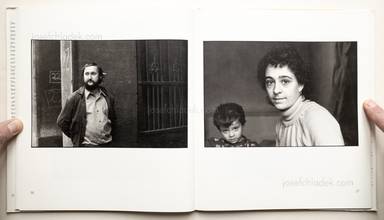
Sample page 11 for book "Helga Paris – Gesichter. Frauen in der DDR.", josefchladek.com
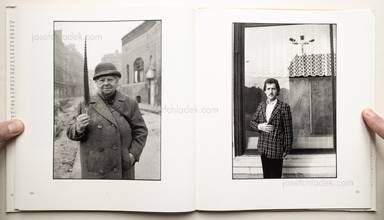
Sample page 12 for book "Helga Paris – Gesichter. Frauen in der DDR.", josefchladek.com

Sample page 13 for book "Helga Paris – Gesichter. Frauen in der DDR.", josefchladek.com
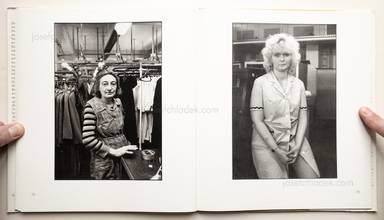
Sample page 14 for book "Helga Paris – Gesichter. Frauen in der DDR.", josefchladek.com

Sample page 15 for book "Helga Paris – Gesichter. Frauen in der DDR.", josefchladek.com
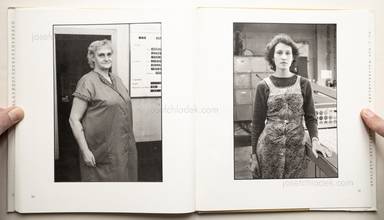
Sample page 16 for book "Helga Paris – Gesichter. Frauen in der DDR.", josefchladek.com
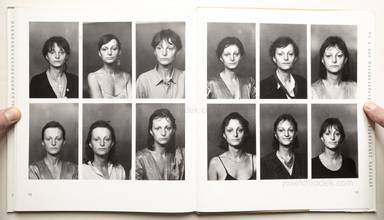
Sample page 17 for book "Helga Paris – Gesichter. Frauen in der DDR.", josefchladek.com
Other books tagged Portrait (see all)









Other books tagged GDR (see all)

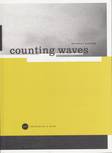


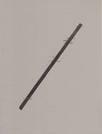




Other books tagged Halle (see all)

Other books tagged Germany (see all)









Books to shop at placartphoto.com
Hardcover, cloth bound with dust jacket.
“I’ll take Halle” was Helga Paris’s spontaneous reaction when, at a meeting with colleagues and artists in East Berlin in the early 1980s, fellow photographer Arno Fischer came up with the idea of photographing East Germany systematically as photographers had done in the 1930s and 1940s for the Farm Security Administration on behalf of the US government. Helga Paris rose to the challenge and began to document Halle on her own initiative. The self-taught photographer had previously carried out several photo stories on themes relating to urban and neighborhood life as part of a personal project.
She drove from East Berlin to Halle many times between 1983 and 1985. As her daughter lived there at the time, she had developed an affinity to the town. Helga Paris was fascinated by the endangered former beauty of the buildings and considered it her duty to preserve it in pictures before it disappeared completely. She decided to photograph Halle as if it were a “foreign town in a foreign country”. In doing so, she looked at it through the eyes of an explorer, who is inspired and galvanized by a new environment.
She started off taking snapshots of urban life, focusing on streets with houses and passers-by. However, the local people, who felt exposed in their “everyday misery”, did not always react favorably. This prompted her to reconsider her approach and eventually to divide the project into portraits of buildings and portraits of people. Helga Paris consciously limited the moment between making contact with her subjects and pressing the shutter to ensure that their gazes were as open as possible. As a result, they seem to be poised in the very second in which they briefly pause for the photographer, but have not yet engaged mentally with the photographic situation.
At the time, Halle was primarily putting money into building modern apartments, and the old town centre offered a desolate picture with crumbling facades, including those of listed buildings, half-untiled roofs, and ramshackle roads and squares. All this is revealed in Helga Paris’s photographs in high-contrast black-and-white, although it was never her intention to denounce the state of things. However, the SED party leadership found that the picture of the town conveyed in Helga Paris’s images was too negative. As a result, she was barred from opening her exhibition “Buildings and Faces” at the last minute. Not until 1990, after German reunification, was it allowed to be shown in Halle. (Deutsche Börse Photography Foundation)
Pages: 96
Place: Berlin
Year: 1986
Publisher: Das Europäische Buch
Size: 25 x 28 cm (approx.)

